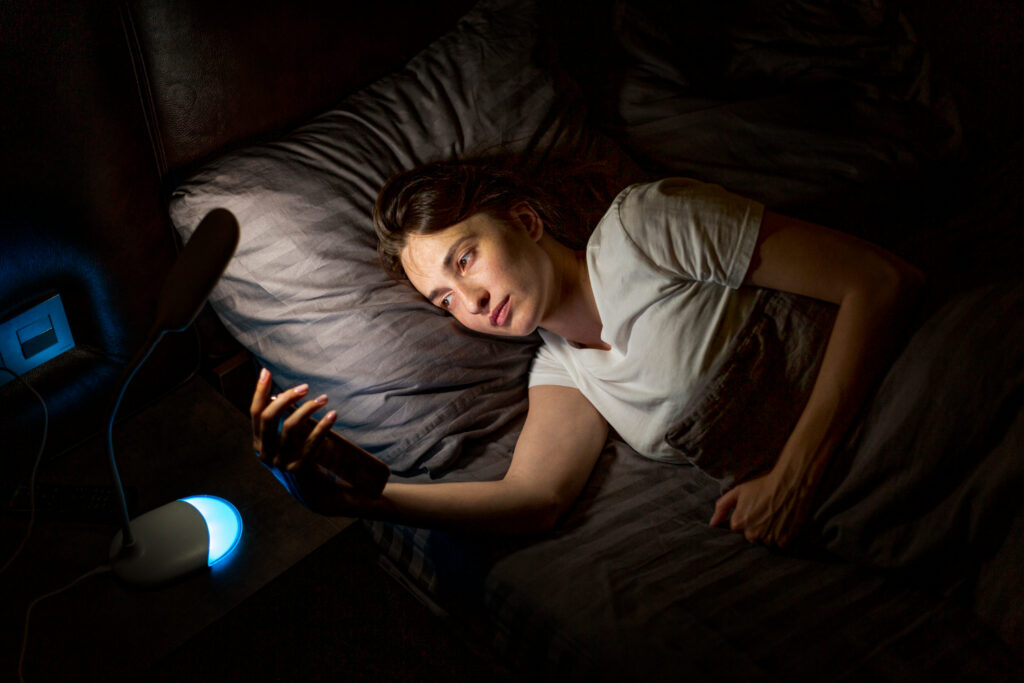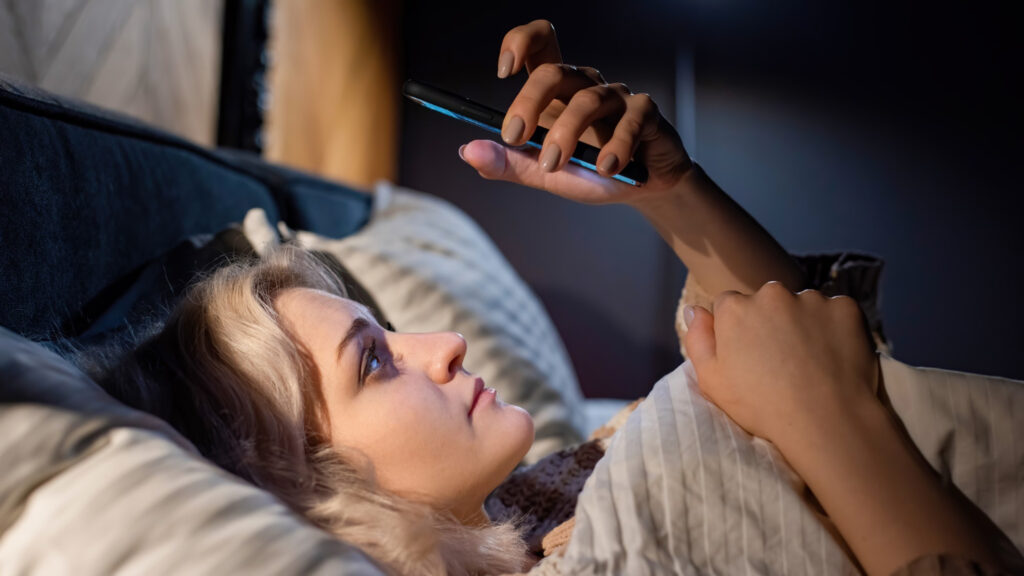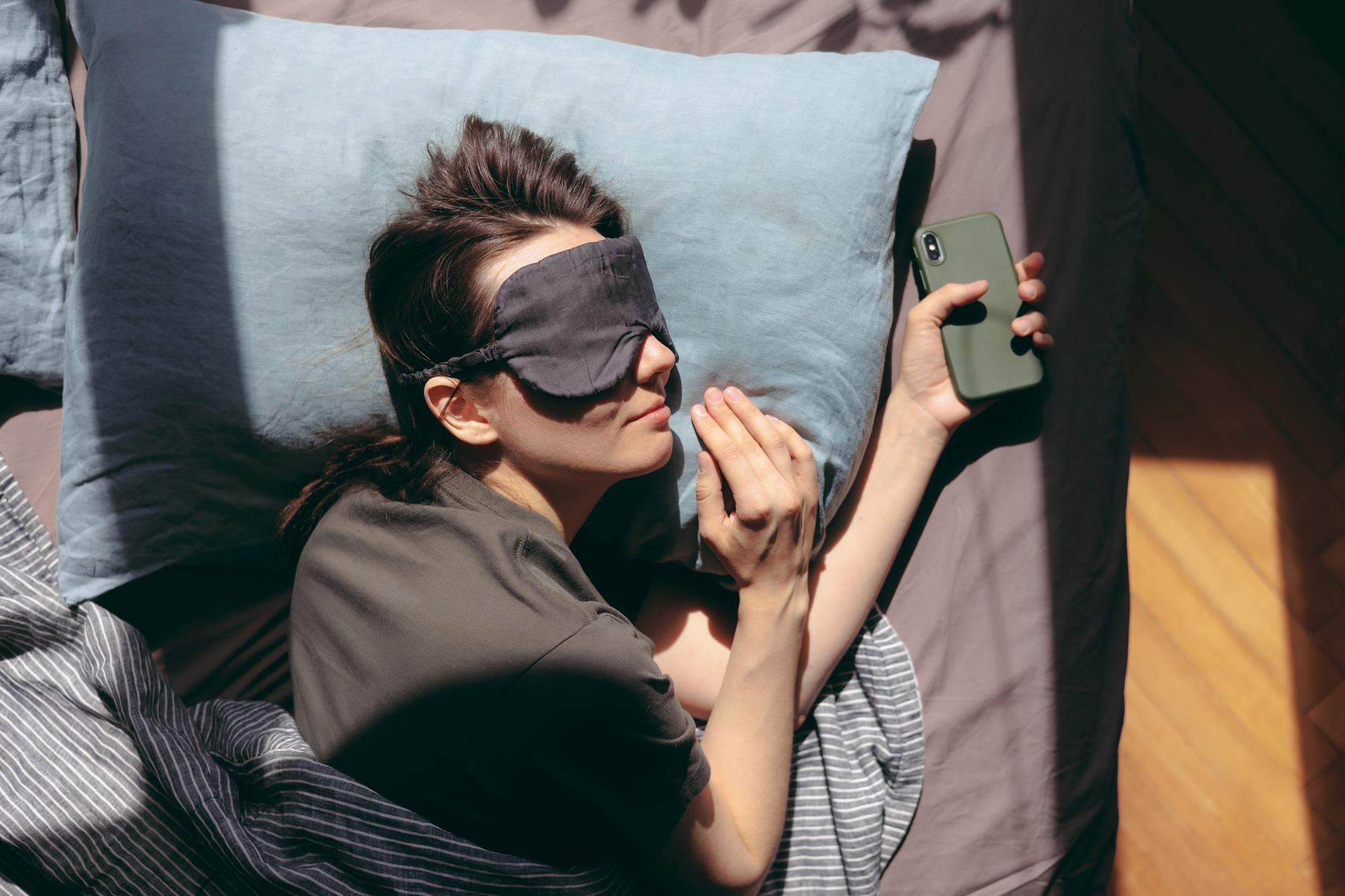Wearable sleep trackers—from smartwatches to rings—offer more than just a glance at last night’s rest; they provide detailed insights into sleep stages, interruptions, and overall sleep health. However, to get truly actionable data, you need more than simply slipping on your device. By calibrating sensors properly, interpreting sleep metrics in context, and integrating wearables with complementary tools, you can craft a personalized roadmap to deeper, more restorative sleep. These lifehacks will guide you through optimizing your wearable for accuracy, making sense of your sleep reports, and turning data into habits that improve your nightly recovery.
Calibrate Your Wearable for Reliable Sensor Data

Sensor accuracy depends heavily on proper fit and configuration. First, ensure your device sits snugly—too loose, and the heart-rate sensor will slip; too tight, and circulation issues can skew readings. Clean the optical sensors regularly to remove oils and sweat residue that interfere with light transmission. Before bed, let your wearable acclimate: wear it for at least 10 minutes while awake so the sensors stabilize and the device can learn your resting heart rate. Many trackers allow you to perform a quick calibration—initiated in the settings—that establishes a personal baseline for motion and pulse. By following these calibration lifehacks, you’ll minimize false awakenings and stage-misclassification, giving you a rock-solid foundation for any sleep analysis.
Interpret Sleep Stages and Metrics in Context
A detailed sleep report shows time spent in light sleep, deep sleep, REM, and periods of wakefulness. Don’t obsess over exact numbers; instead, look for trends over weeks. If you consistently see shallow REM percentages—below your device’s recommended range—it may signal stress or erratic bedtimes. Track accompanying metrics like heart-rate variability (HRV) and resting heart rate: elevated values at night can indicate overtraining or insufficient recovery. Use your wake-time logs to correlate morning grogginess with fragmented sleep patterns. Consider external factors: late caffeine intake, room temperature swings, or a new mattress can all influence stage distribution. With these interpretive lifehacks, you transform raw numbers into meaningful patterns that guide your next adjustments.
Integrate Wearables with Complementary Sleep Tools
Wearable data gains power when combined with other sleep-enhancing tools. Sync your tracker to a smart alarm app that wakes you during light sleep, reducing morning grogginess. Pair environmental sensors—like a bedroom temperature and humidity monitor—with your sleep data to discover ideal climate conditions. If your tracker supports it, connect to a smart lighting system that simulates sunrise in the morning and dims bedroom lights in the evening to reinforce your circadian rhythm. For deeper analysis, export your nightly data to a spreadsheet or a sleep-analytics platform that visualizes long-term trends alongside lifestyle factors (exercise, screen time, stress levels). These integration lifehacks let you create a holistic sleep ecosystem where each component informs the next.
Translate Insights into Sustainable Habits

Data is only as useful as the actions it inspires. Use your tracker’s habit-setting features—or a separate habit app—to set consistent bed and wake times, aiming for a regular sleep midpoint that aligns with your chronotype. If the data shows frequent awakenings around 4 AM, experiment with an earlier dinner or a brief evening meditation session to calm nighttime cortisol spikes. Add a wind-down routine that includes digital curfew, light stretching, or calming audio, and track its impact in subsequent sleep reports. Periodically review your trends and adjust: if deep-sleep minutes plateau, try incremental tweaks—like adjusting pillow loft or testing white-noise levels. These actionable lifehacks ensure that each insight from your wearable becomes a realistic, measurable step toward better sleep.
By honing your wearable’s calibration, interpreting sleep stages thoughtfully, integrating complementary technologies, and converting insights into daily habits, you’ll unlock a new level of sleep optimization. No longer will you rely on guesswork or generic advice; instead, you’ll have a data-driven blueprint tailored to your body’s needs, guiding you toward consistently deeper, more restorative nights. Sweet dreams await—powered by the precision of your wearable and the practicality of these lifehacks.

Leave a Reply